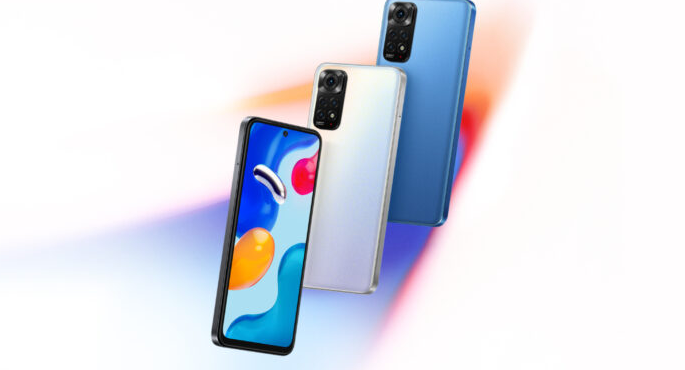Anatel certified Xiaomi’s Redmi Note 11S in Brazil. Issued last Wednesday (2), the homologation applies to the new phone with MediaTek Helio G96 processor, 90 Hz screen and 5,000 mAh battery. The device can already be marketed on national soil, being compatible with local 4G connections.
In addition to the components mentioned above, the Redmi Note 11S also has a 108-megapixel main camera —the same resolution found on the Redmi Note 11 Pro sensor. There are also ultrawide 8 MP lenses and 2 MP macro. To complete the photo set, there is a dedicated depth of field sensor of 2 MP.
The approval of the Redmi Note 11S is authored by DL Eletrônicos and considers the code model 2201116TG. This device, also known by the codename Viva ou Vida, is the same one sold in India and the global market. According to the Anatel document, the smartphone will only support 4G connections, without access to the 5G.
Also according to the document, the phone will come with charger and BN5D battery — both items certified by Anatel. This same battery is present in the redmi Note 11 Pro approval certificate and has 5,000 mAh of autonomy.
In the announcement of the phone, Xiaomi reported that the battery of the Redmi Note 11S would recharge only 33 watts, as well as the most basic model. However, if the BN5D battery is actually the same as the Redmi Note 11 Pro component, it may support 67-watt charging.
It is worth mentioning that, like the other models of the Redmi Note 11 line, the Redmi Note 11S arrives with the MIUI 13 installed from the factory.
Note 11S is similar to Note 11 Pro on the data sheet
In the complete data sheet, the Redmi Note 11S has a MediaTek Helio G96 processor, UP to 8 GB RAM and storage up to 128 GB. The 6.43-inch display uses AMOLED panel with Full HD+ resolution and 90 Hz refresh rate.
The front camera shoots at 16 megapixel resolution, and the rear set of cameras consists of four sensors:
main: 108 megapixels;
ultrawide: 8 megapixels;
macro: 2 megapixels;
Depth of field: 2 megapixels.
The Redmi Note 11S even has dedicated input for headphones, Bluetooth connection, Wi-Fi, GPS, NFC fingerprint reader on the side, IP53 certification and infrared emitter.
Compared to the Redmi Note 11 Pro, the Note 11S brings almost the same settings. The differences in the Pro model with 4G are only on the screen — larger and with an update rate of 120 Hz — and in the size of the device. Other than that, it’s all the same.

